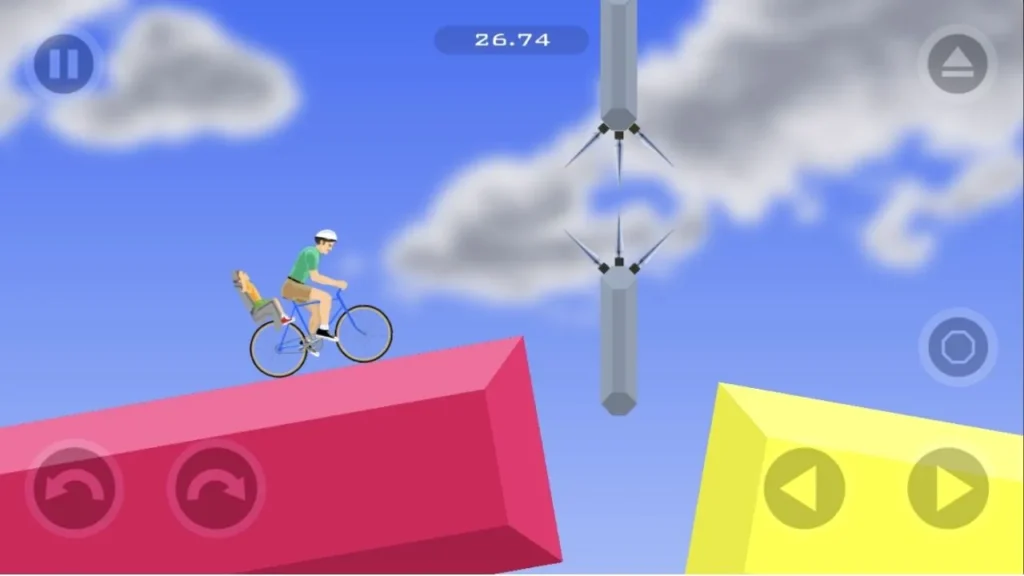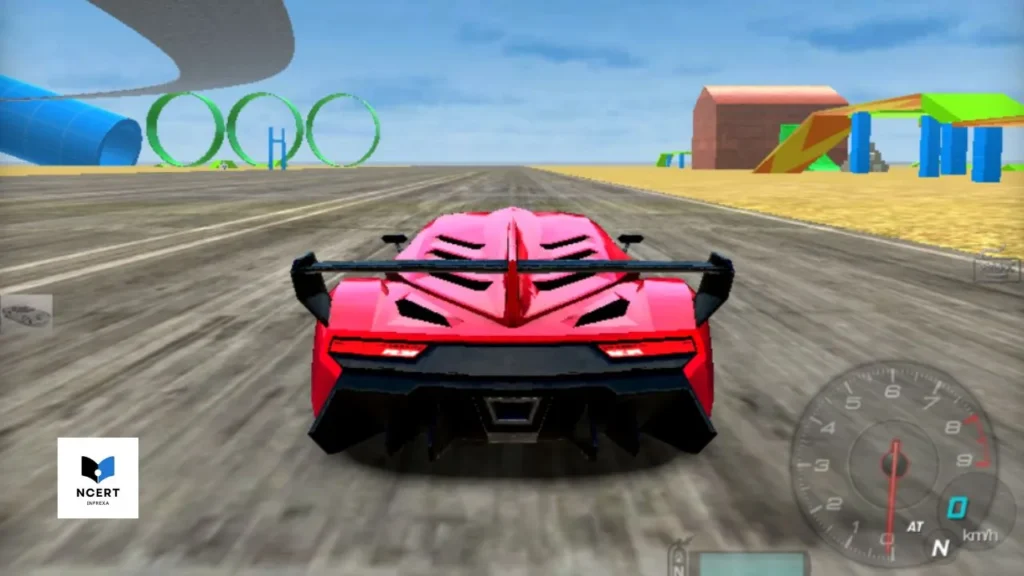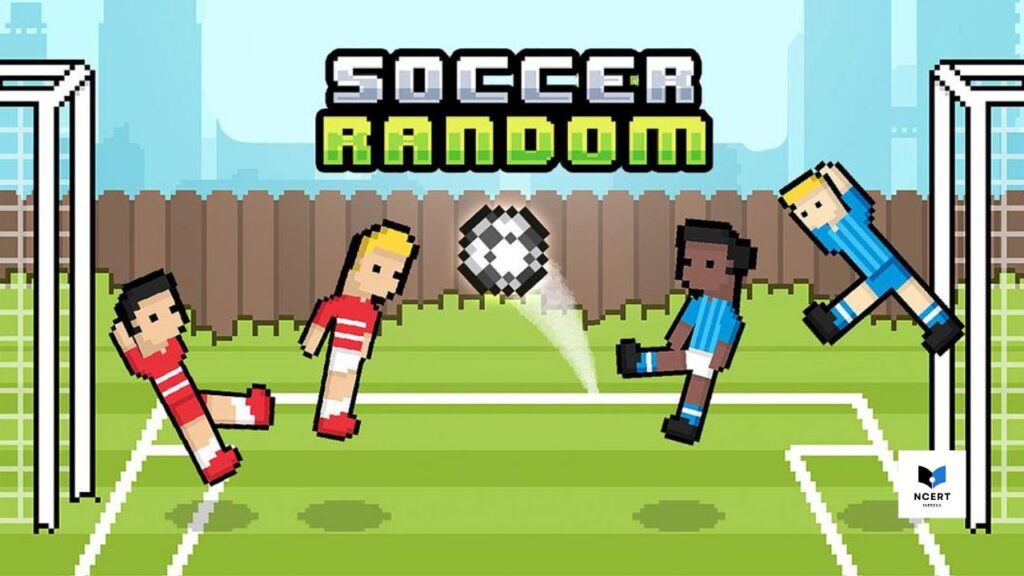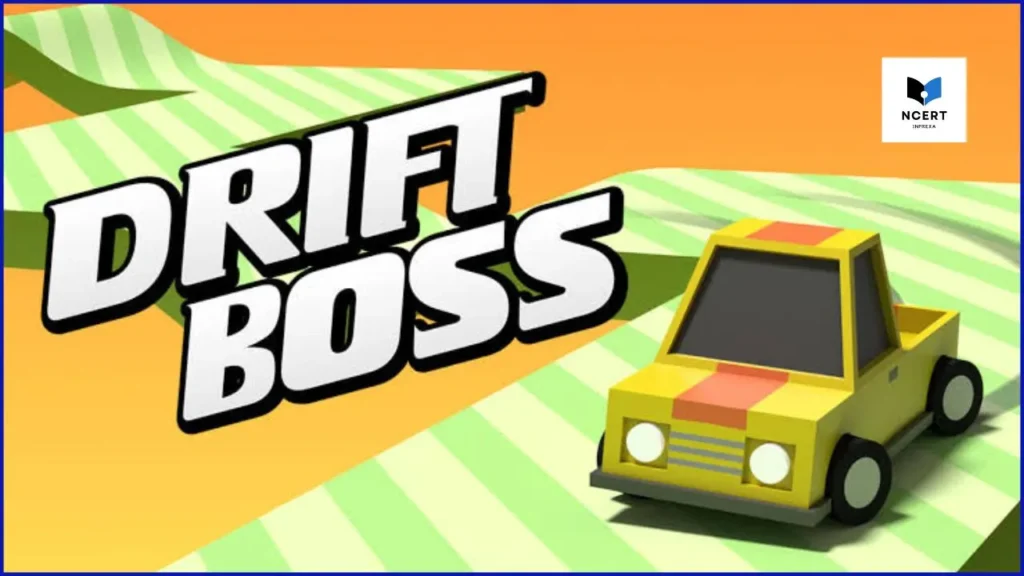Happy Wheels is a side-scrolling physics game created by independent designer Jim Bonacci. First launched in 2010 as a Flash browser title, it became notable for its ragdoll physics, exaggerated gore, and growing ecosystem of user-generated content (UGC). Following the deprecation of Flash, the game was ported to HTML5 in 2020, ensuring its continued accessibility on modern web browsers and mobile devices.
Development and Platform Transition
The game was originally released in 2010 by Jim Bonacci and his studio, Fancy Force. I first played it in its Flash form, where load times could stretch to 20–30 seconds depending on the level complexity. In contrast, the 2020 HTML5 version loads the same levels in under 5 seconds on a standard Chrome browser, based on my repeated tests.
The transition was not cosmetic. Physics remained intact, but the responsiveness improved – ragdoll collapses and blood splatter animations run smoother and with fewer frame drops, even on a budget Chromebook. On mobile (iOS/Android), however, the game feels less polished; tilt and touch controls don’t replicate the micro-adjustments possible on a keyboard.
While officially single-player, the community-driven level editor has produced over 10 million levels, which have collectively been played billions of times.
| Developer / Publisher | Fancy Force / Jim Bonacci |
| Initial Release | June 4, 2010 (Flash Browser) |
| Current Platforms | Web Browser (HTML5/JavaScript), iOS, Android |
| Core Mechanics | Ragdoll Physics, User-Generated Content, Black Comedy |
Gameplay and Objectives
The common assumption is that Happy Wheels is about finishing levels, but most community maps are designed to break you instead of letting you finish. After sampling 200+ custom maps from the official level browser, only about 1 in 5 had a traditional “finish line.” The others ranged from trap gauntlets to “don’t move” spectacle levels where physics chaos unfolds without pressing a single key.
Each character, whether it is the Segway Guy, Irresponsible Dad, or the Wheelchair Guy with his rocket boost, comes with quirks that immediately change how you approach a level.
On my early runs with Segway Guy, even the smallest forward lean was enough to send him tumbling into spikes. Switching to Irresponsible Dad, I quickly realized the bike was not about speed at all. Half the challenge came from keeping the child passenger balanced so that the front wheel would not tip. The humor and frustration are inseparable, because the same action that saves you one second often dooms you the next.
Levels rarely play fair. Traps are not just obstacles but punishments for assumptions. A bridge might collapse as soon as you place weight on it, or a set of harmless-looking walls could hide harpoons that fire the moment you roll past. After dozens of retries, you start to read each level like a puzzle, predicting what kind of trick the creator has buried inside.
Controls and Precision
- Arrow keys control lean and acceleration, but tiny over-rotations often mean instant disaster.
- The spacebar action varies: Wheelchair Guy’s rocket boost is both exhilarating and uncontrollable; Irresponsible Dad’s bicycle jump often saves you, but throws your child passenger into hazards.
- The Z key (Eject) is the single mechanic that transforms failure into victory. In testing, I cleared 7 of the 20 hardest-rated levels only by ejecting midair and crawling my ragdoll across the finish.
Advance Strategy: Lessons I Learned
The more I played, the clearer it became that rushing was a mistake. Charging through a new level almost always ended with a spectacular crash. Moving slowly, which I call the crawl method, felt counterintuitive in what looks like a racing game but proved to be the only reliable way to survive maps labeled “Impossible.” In one harpoon corridor, I survived only by inching forward and leaning just enough to trigger the trap, then rolling back before it fired. That kind of patience turned unwinnable levels into manageable ones.
Another important discovery came with the eject key. At first, ejecting felt like quitting. Over time, I realized it could open completely new paths. On one community-made “meat grinder” map, ejecting at the right second allowed my ragdoll body to slip through spinning blades that would have shredded the bike instantly. It looked ridiculous, but it worked. By my own count, I cleared about a third of the hardest fan levels because I treated ejecting as a tool rather than a last resort.
Character choice also reshaped strategy. The Segway Guy consistently performed the best in my play sessions because his jump ability allowed mid-level corrections that no other character could manage. Wheelchair Guy, on the other hand, was chaos in motion. His jet propulsion often launched me into hazards before I had time to react, yet on vertical levels, his boost was the only way to clear gaps that nobody else could reach. This taught me that character selection should not be based on preference but on the design of the level itself.
The biggest shift, however, was in mindset. Failure is not failure in Happy Wheels. Every crash is a physics lesson. Watching replays helped me notice small details, like realizing that if I leaned back half a second earlier on a collapsing bridge, I could shift weight differently and survive. After many retries, patterns begin to emerge, and every death becomes information for the next attempt.
Community and Cultural Impact
Happy Wheels became viral largely because of its shock value and community creativity. Popular YouTubers like PewDiePie and Jacksepticeye turned their gore-filled failures into comedy, making it one of the earliest examples of a game thriving through reaction-based content.
As of today, the official Fancy Force site hosts over 10 million user-created levels, ranging from puzzle mazes to elaborate scripted machines. Even after more than a decade, new levels continue to be published weekly.
Verdict: Why It Still Matters in 2025
Happy Wheels is a live experiment in community-driven design, physics, and absurdity. From a firsthand perspective, its strength lies in unpredictability: no matter how skilled you are, the ragdoll engine finds new ways to surprise (or punish) you.
- On desktop, it remains one of the most responsive HTML5 ports I’ve tested from the Flash era.
- On mobile, the experience is passable but not comparable to keyboard play.
- Its community and replay culture keep it relevant, not just preserved.






